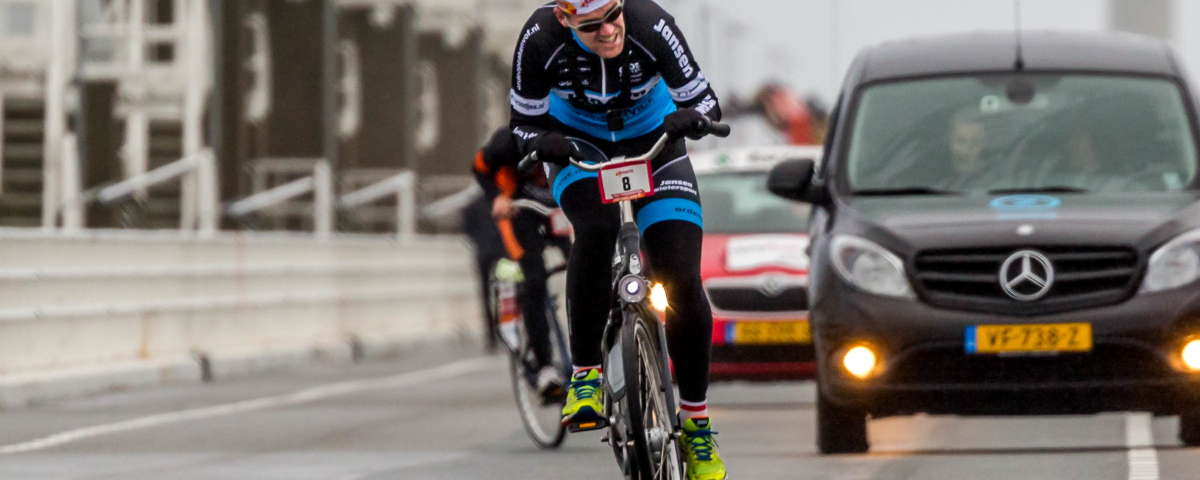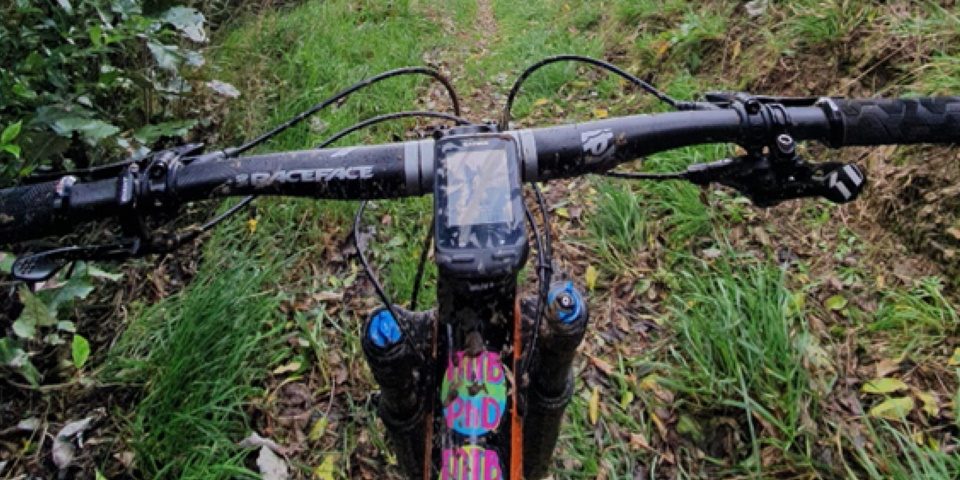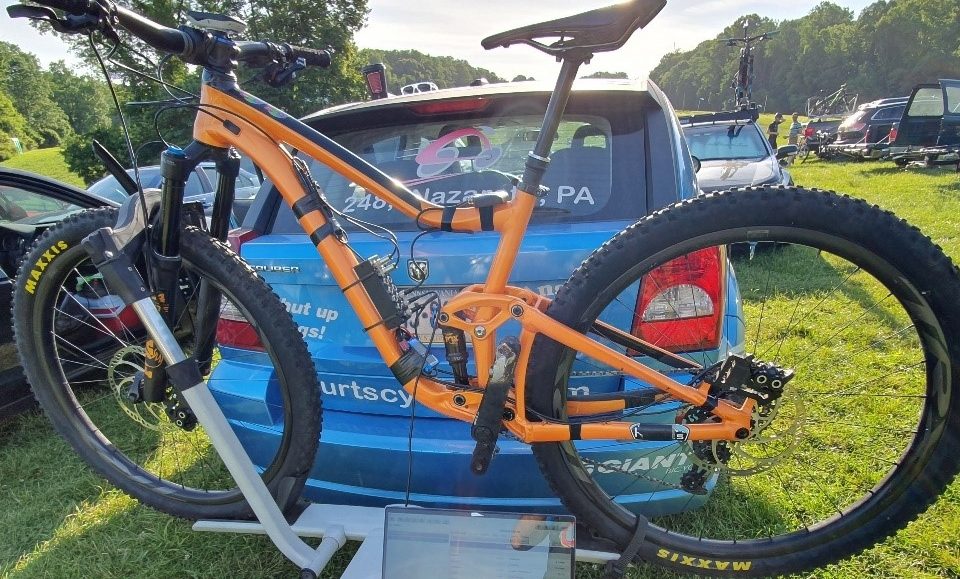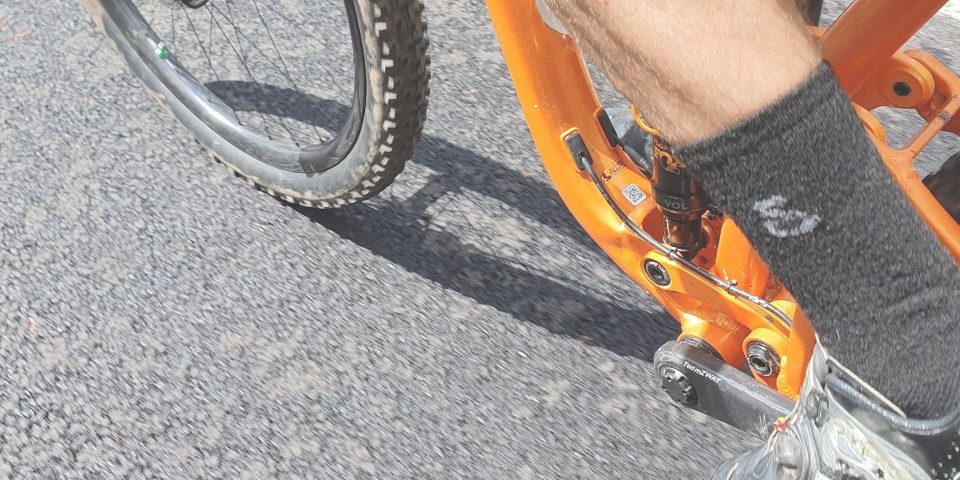Training

Headwind Championships | NKtegenwindfietsen
Pacing yourself in the wind
Should windy conditions affect how fast you’re going on the bike? Absolutely! You can spend thousands on ‘aero-advantages’ but in the end, you can’t cheat the wind. Your pacing strategy should, therefore, account for effort and not speed. Here are some tips for proper bike pacing during a windy race.
Remember that your legs are not the problem – that awful wind is!
With that in mind it’s always a good idea to have a smart racing strategy that is based on effort and not on speed. But that’s easier said than done.
3 Listening to your body
The first option is to try and listen to your body. This might also be the most difficult one. You need to keep asking yourself: How does this feel? Am I going too hard or is this too easy? This can be very hard, since battling the headwind can feel like a steep climb, so it’s very easy to burn too many matches too soon.
2 Heart rate monitoring
The second option is probably the most common one. It can be good for pacing, since it gives you feedback on your effort levels. But the feedback can trick you a bit, due to the delay that can occur. Say you’re on the flat and your heart-rate is at 70%, then you hit the climb and your heart-rate is still around the 70s. You know that you should only go about 10% extra in effort on climbs, so it’s all good. But after a minute or so the heart-rate starts to climb fast and the heart-rate might even keep going up after the climb. Heart rate can also mislead you via the ‘cardiac drift’; in a long race, when you’re tired and dehydrated, the heart rate can creep up even though effort remains low.
1 Riding with power
The best course of action is to ride with a power meter. It’s the most accurate way of measuring your effort level, because it gives you immediate and objective feedback of how hard you’re pedaling regardless of the windy conditions. If you were using a power meter, you’d probably see that you’re working much harder than normal in the headwind. So you’re actually not going slow – you’re pushing hard! And therein lies the problem; people are pushing way too hard in windy race conditions. With a power meter, you should always try and stick to your planned power targets and fly towards T2 or the finish line.
As a rule of thumb in triathlon, try to shoot for a maximum of 10% above your target power in the headwind and 10% below when you’re riding the tailwind.
It’s often a bit more difficult to pace yourself during a road race, crit or mountain bike race. It can be dangerous to keep staring at your power numbers and oftentimes other riders and terrain dictates the effort. Try and use your power meter to pace longer climbs. The numbers can also be useful as a guide to know when to go and when to back off. For most road racers, however, power data is mostly used for post-race data analysis. Analyzing your peak-efforts can be crucial to understanding the progress you make as a cyclist. Use the data to gain new insights to help set a racing strategy.
Your power-based race plan has to be built on your current fitness level. Continues fitness-testing every 4-6 weeks throughout the season is recommended and you need to see how the effort level feels like during training.






